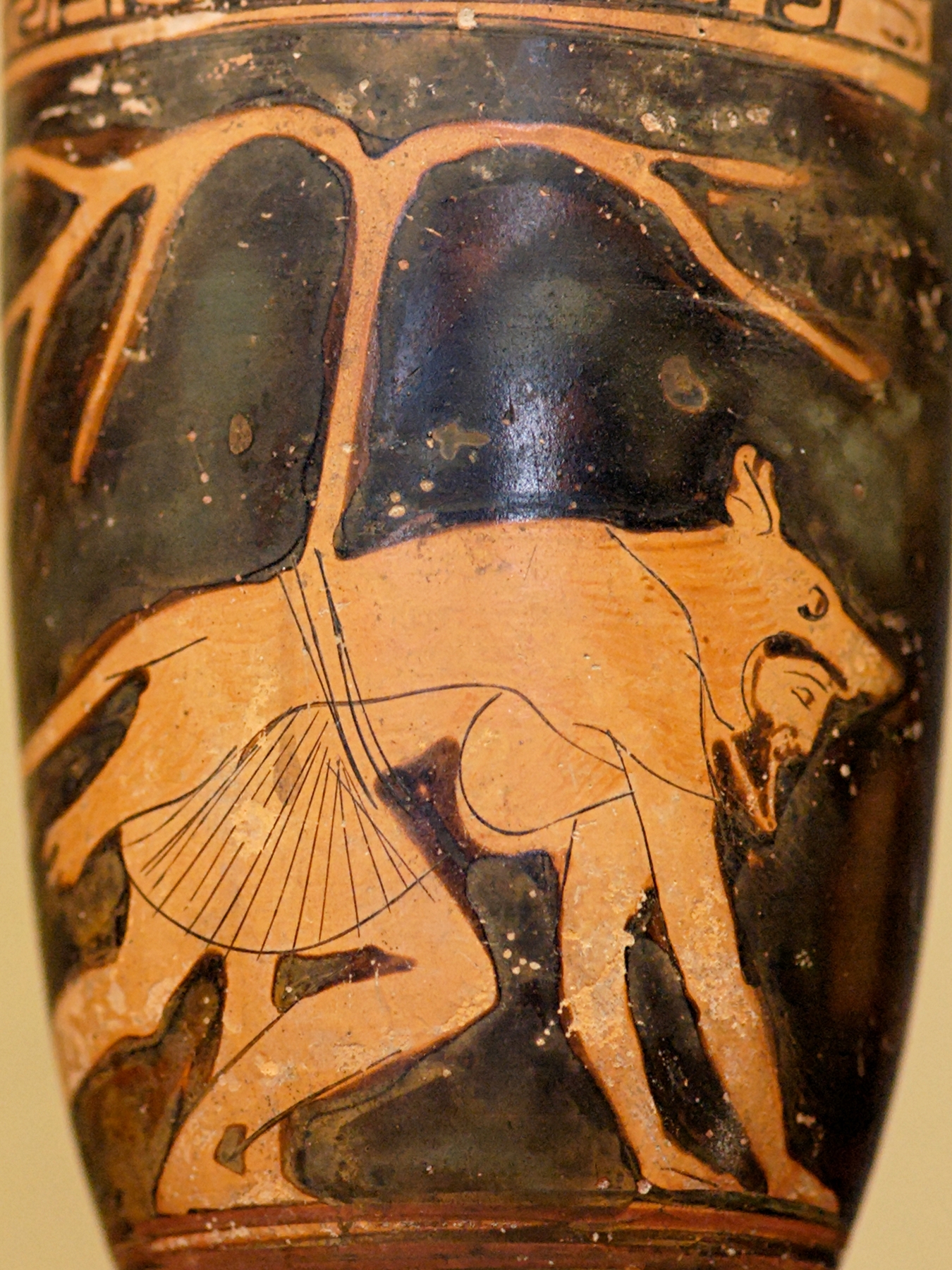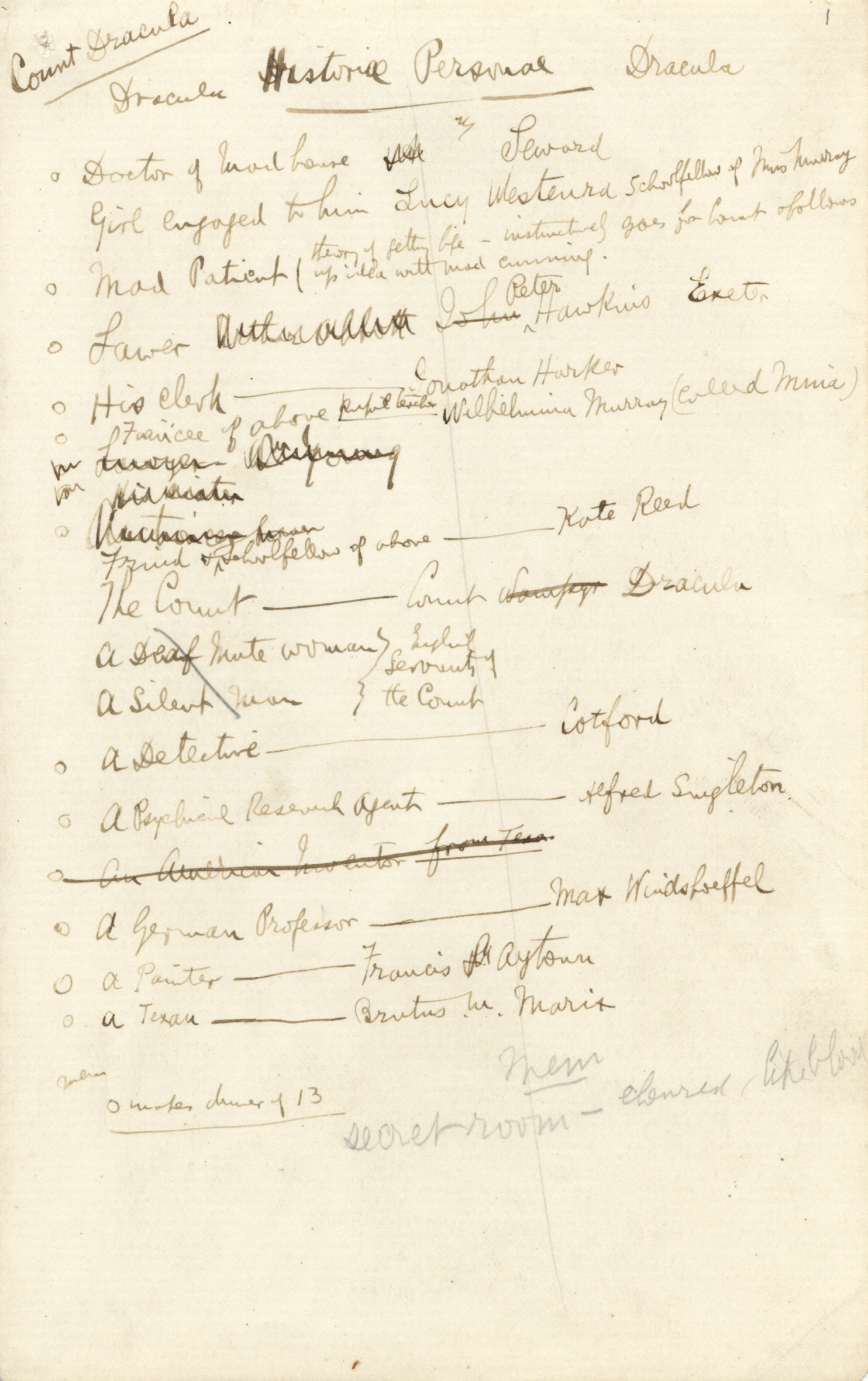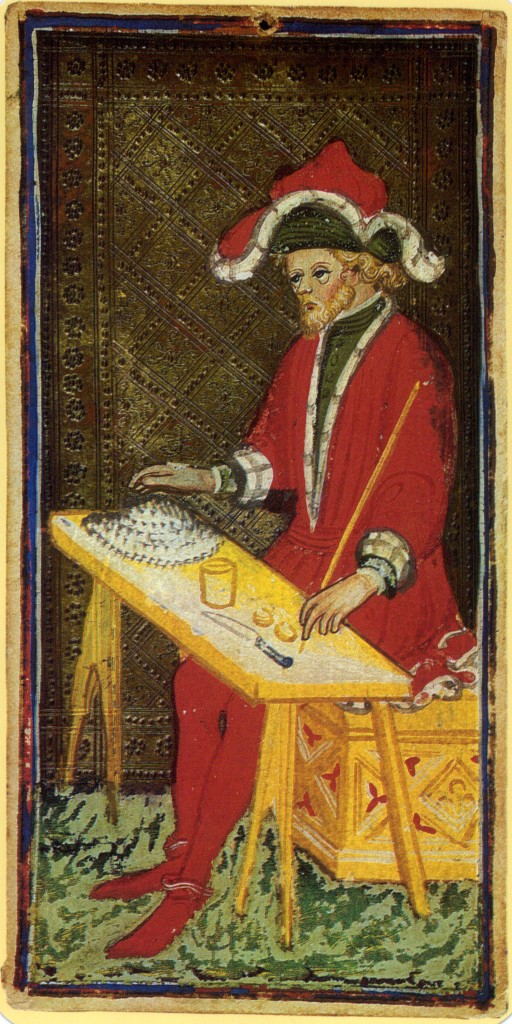|
Danse Macabre (King Book)
''Danse Macabre'' is a 1981 non-fiction book by Stephen King, about horror fiction in print, TV, radio, film and comics, and the influence of contemporary societal fears and anxieties on the genre. When the book was republished King included a new Forenote dated June 1983 (however not all subsequent editions have included this forenote). And when the book was republished on February 23, 2010, it included an additional new forenote in the form of a longer essay (7,700 words) entitled "''What's Scary''". ''Danse Macabre'' examines the various influences on King's own writing, and important genre texts of the 19th and 20th centuries. ''Danse Macabre'' explores the history of the genre as far back as the Victorian era, but primarily focuses on the 1950s to the 1970s (roughly the era covering King's own life at the time of publication). King peppers his book with informal academic insight, discussing archetypes, important authors, common narrative devices, "the psychology of terror", ... [...More Info...] [...Related Items...] OR: [Wikipedia] [Google] [Baidu] |
Stephen King
Stephen Edwin King (born September 21, 1947) is an American author. Dubbed the "King of Horror", he is widely known for his horror novels and has also explored other genres, among them Thriller (genre), suspense, crime fiction, crime, science-fiction, fantasy, and mystery fiction, mystery. Though known primarily for his novels, he has written approximately Stephen King short fiction bibliography, 200 short stories, most of which have been published in collections.Jackson, Dan (February 18, 2016)"A Beginner's Guide to Stephen King Books". Thrillist. Retrieved February 5, 2019. His debut novel, debut, ''Carrie (novel), Carrie'' (1974), established him in horror. ''Different Seasons'' (1982), a collection of four novellas, was his first major departure from the genre. Among the films adapted from King's fiction are Carrie (1976 film), ''Carrie'' (1976), The Shining (film), ''The Shining'' (1980), The Dead Zone (film), ''The Dead Zone'' and Christine (1983 film), ''Christine'' ... [...More Info...] [...Related Items...] OR: [Wikipedia] [Google] [Baidu] |
Dennis Etchison
Dennis William Etchison (March 30, 1943 – May 29, 2019) was an American writer and editor of fantasy and horror fiction.Dennis Etchison (Obituary) '' Locus'' Magazine, May 29, 2019. Retrieved February 2, 2020. Etchison referred to his own work as "rather dark, depressing, almost pathologically inward fiction about the individual in relation to the world". Stephen King has called Dennis Etchison "one hell of a fiction writer" and he has been called "the most original living horror writer in America" ('' The Penguin Encyclopedia of Horror and the Supe ... [...More Info...] [...Related Items...] OR: [Wikipedia] [Google] [Baidu] |
Hubris
Hubris (; ), or less frequently hybris (), is extreme or excessive pride or dangerous overconfidence and complacency, often in combination with (or synonymous with) arrogance. Hubris, arrogance, and pretension are related to the need for victory (even if it does not always mean winning) instead of reconciliation, which "friendly" groups might promote. Hubris is usually perceived as a characteristic of an individual rather than a group, although the group the offender belongs to may suffer collateral consequences from wrongful acts. Hubris often indicates a loss of contact with reality and an overestimation of one's own competence, accomplishments, or capabilities. The term ''hubris'' originated in Ancient Greek, where it had several different meanings depending on the context. In legal usage, it meant assault or sexual crimes and theft of public property, and in religious usage it meant emulation of divinity or transgression against a god. Ancient Greek origin In ancient ... [...More Info...] [...Related Items...] OR: [Wikipedia] [Google] [Baidu] |
Victorian Era
In the history of the United Kingdom and the British Empire, the Victorian era was the reign of Queen Victoria, from 20 June 1837 until her death on 22 January 1901. Slightly different definitions are sometimes used. The era followed the Georgian era and preceded the Edwardian era, and its later half overlaps with the first part of the ''Belle Époque'' era of continental Europe. Various liberalising political reforms took place in the UK, including expanding the electoral franchise. The Great Famine (Ireland), Great Famine caused mass death in Ireland early in the period. The British Empire had relatively peaceful relations with the other great powers. It participated in various military conflicts mainly against minor powers. The British Empire expanded during this period and was the predominant power in the world. Victorian society valued a high standard of personal conduct across all sections of society. The Victorian morality, emphasis on morality gave impetus to soc ... [...More Info...] [...Related Items...] OR: [Wikipedia] [Google] [Baidu] |
Frankenstein
''Frankenstein; or, The Modern Prometheus'' is an 1818 Gothic novel written by English author Mary Shelley. ''Frankenstein'' tells the story of Victor Frankenstein, a young scientist who creates a Sapience, sapient Frankenstein's monster, creature in an unorthodox scientific experiment that involved putting it together with different body parts. Shelley started writing the story when she was 18 and staying in Baden-Baden, Bath, and the first edition was published anonymously in London on 1 January 1818, when she was 20. Her name first appeared in the second edition, which was published in Paris in 1821. Shelley travelled through Europe in 1815, moving along the river Rhine in Germany, and stopping in Gernsheim, away from Frankenstein Castle, where, about a century earlier, Johann Konrad Dippel, an alchemist, had engaged in experiments. She then journeyed to the region of Geneva, Switzerland, where much of the story takes place. Galvanism and occult ideas were topics of convers ... [...More Info...] [...Related Items...] OR: [Wikipedia] [Google] [Baidu] |
Werewolf
In folklore, a werewolf (), or occasionally lycanthrope (from Ancient Greek ), is an individual who can shapeshifting, shapeshift into a wolf, or especially in modern film, a Shapeshifting, therianthropic Hybrid beasts in folklore, hybrid wolf–humanlike creature, either purposely or after being placed under a curse or affliction, often a bite or the occasional scratch from another werewolf, with the transformations occurring on the night of a full moon. Early sources for belief in this ability or affliction, called lycanthropy, are Petronius (27–66) and Gervase of Tilbury (1150–1228). The werewolf is a widespread concept in European folklore, existing in many variants, which are related by a common development of a Christianization, Christian interpretation of underlying European folklore developed during the Middle Ages. From the early modern period, werewolf beliefs spread to the New World with colonialism. Belief in werewolves developed in parallel to the belief in Eu ... [...More Info...] [...Related Items...] OR: [Wikipedia] [Google] [Baidu] |
Dracula
''Dracula'' is an 1897 Gothic fiction, Gothic horror fiction, horror novel by Irish author Bram Stoker. The narrative is Epistolary novel, related through letters, diary entries, and newspaper articles. It has no single protagonist and opens with solicitor Jonathan Harker taking a business trip to stay at the castle of a Transylvanian nobleman, Count Dracula. Harker flees after learning that Dracula is a vampire, and the Count moves to England and plagues the seaside town of Whitby. A small group, led by Abraham Van Helsing, hunts and kills him. The novel was mostly written in the 1890s, and Stoker produced over a hundred pages of notes, drawing extensively from Folklore of Romania, folklore and History of Romania, history. Scholars have suggested various figures as the inspiration for Dracula, including the Wallachian prince Vlad the Impaler and the Countess Elizabeth Báthory, but recent scholarship suggests otherwise. He probably found the name Dracula in Whitby's public l ... [...More Info...] [...Related Items...] OR: [Wikipedia] [Google] [Baidu] |
Vampire
A vampire is a mythical creature that subsists by feeding on the Vitalism, vital essence (generally in the form of blood) of the living. In European folklore, vampires are undead, undead humanoid creatures that often visited loved ones and caused mischief or deaths in the neighbourhoods which they inhabited while they were alive. They wore shrouds and were often described as bloated and of ruddy or dark countenance, markedly different from today's gaunt, pale vampire which dates from the early 19th century. Vampiric entities have been Vampire folklore by region, recorded in cultures around the world; the term ''vampire'' was popularized in Western Europe after reports of an 18th-century mass hysteria of a pre-existing folk belief in Southeast Europe, Southeastern and Eastern Europe that in some cases resulted in corpses being staked and people being accused of vampirism. Local variants in Southeastern Europe were also known by different names, such as ''shtriga'' in Albanian ... [...More Info...] [...Related Items...] OR: [Wikipedia] [Google] [Baidu] |
Archetypal
The concept of an archetype ( ) appears in areas relating to behavior, History of psychology#Emergence of German experimental psychology, historical psychology, philosophy and literary analysis. An archetype can be any of the following: # a statement, pattern of behavior, prototype, "first" form, or a main model that other statements, patterns of behavior, and objects copy, emulate, or "merge" into. Informal synonyms frequently used for this definition include "standard example", "basic example", and the longer-form "archetypal example"; mathematical archetypes often appear as "wikt:canonical, canonical examples". # the Jungian psychology concept of an inherited unconscious predisposition, behavioral trait or tendency ("instinct") shared among the members of the species; as any behavioral trait the tendency comes to being by way of patterns of thought, images, affects or pulsions characterized by its qualitative likeness to distinct narrative constructs; unlike personality traits, ... [...More Info...] [...Related Items...] OR: [Wikipedia] [Google] [Baidu] |
Tarot Card
Tarot (, first known as '' trionfi'' and later as ''tarocchi'' or ''tarocks'') is a set of playing cards used in tarot games and in fortune-telling or divination. From at least the mid-15th century, the tarot was used to play trick-taking card games such as Tarocchini. From their Italian roots, tarot games spread to most of Europe, evolving into new forms including German Grosstarok and modern examples such as French Tarot and Austrian Königrufen. Tarot is most commonly found in many countries, especially in English and Spanish speaking countries where tarot games are not as widely played, in the form of specially designed cartomantic decks used primarily for tarot card reading, in which each card corresponds to an assigned archetype or interpretation for divination, fortune-telling or for other non-gaming uses. The emergence of custom decks for use in divination via tarot card reading and cartomancy began after French occultists made elaborate, but unsubstan ... [...More Info...] [...Related Items...] OR: [Wikipedia] [Google] [Baidu] |
Urban Legend
Urban legend (sometimes modern legend, urban myth, or simply legend) is a genre of folklore concerning stories about an unusual (usually scary) or humorous event that many people believe to be true but largely are not. These legends can be entertaining but often concern mysterious peril or troubling events, such as disappearances and strange objects or entities. Urban legends may confirm moral standards, reflect prejudices, or be a way to make sense of societal anxieties. In the past, urban legends were most often circulated orally, at gatherings and around the Campfire story, campfire for instance. Now, they can be spread by any media, including newspapers, mobile news apps, e-mail, and most often, social media. Some urban legends have passed through the years/decades with only minor changes, in where the time period takes place. Generic urban legends are often altered to suit regional variations, but the lesson or moral generally remains the same. Origin and structure Th ... [...More Info...] [...Related Items...] OR: [Wikipedia] [Google] [Baidu] |
The Hook
The Hook, or the Hookman, is an urban legend about a killer with a pirate-like hook for a hand attacking a couple in a parked car. In many versions of the story, the killer is typically portrayed as a faceless, silhouetted old man wearing a raincoat and rain hat that conceals most of his features, especially his face. The story is thought to date from at least the mid-1950s, and gained significant attention when it was reprinted in the advice column '' Dear Abby'' in 1960. It has since become a morality archetype in popular culture, and has been referenced in various horror films. Legend The basic premise involves a young couple cuddling in a car with the radio playing. Suddenly, a news bulletin reports that a serial killer with a hook has just escaped from a nearby institution. For varying reasons, they decide to leave quickly. In the end, once they get back to the woman's house, the killer's hook is either found hanging from the door handle or embedded into the door itself ... [...More Info...] [...Related Items...] OR: [Wikipedia] [Google] [Baidu] |








